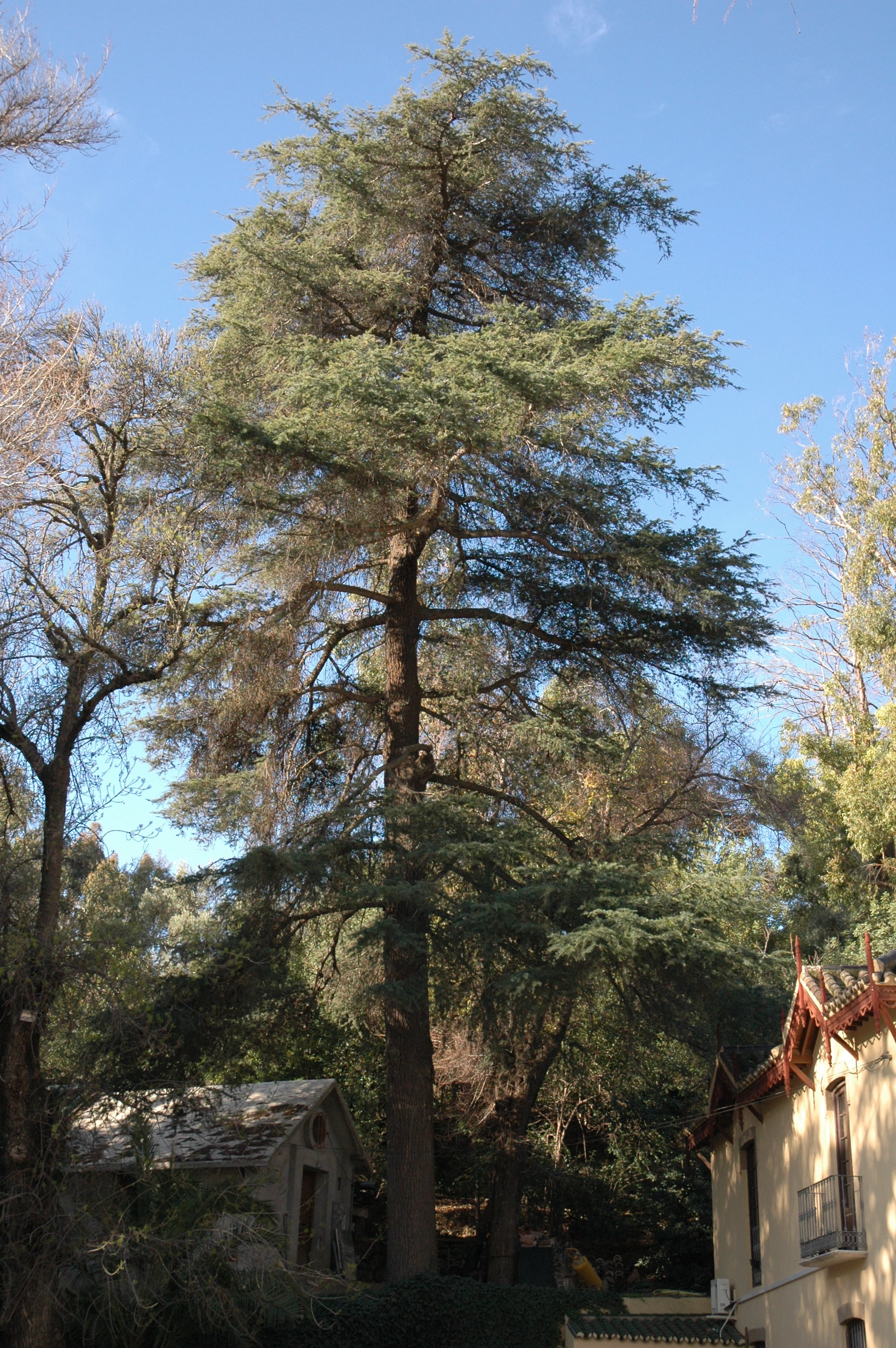The Himalayan cedar
Standing on the left of the old “Administrator's House”, the tree's Latin name is Cedrus deodara and it belongs to the same family as the pines (Pinaceae). The specific name of this particular cedar, deodara, is derived from the Sanskrit “devadara”, meaning “tree of the gods”, in reference to the high esteem in which the tree was held due to its majestic appearance and its imperishable wood, which was used to make religious figures, rosary beads and Buddhist prayer beads known as malas.
The tree originally came from the Himalayas, where it grew in forests at altitudes of between 2,000 and 3,000 metres. Its wood is yellowish in colour and its oils help conserve the tree, ensuring a long life. Highly aromatic and resinous, it is also the source of an essence that is widely used in cosmetics, particularly in fragrances for men. Also common in cabinetmaking, its extreme durability ensures that it will not deteriorate for hundreds of years.
Interesting fact: most of the statues paraded during the Easter processions are made from cedar.


